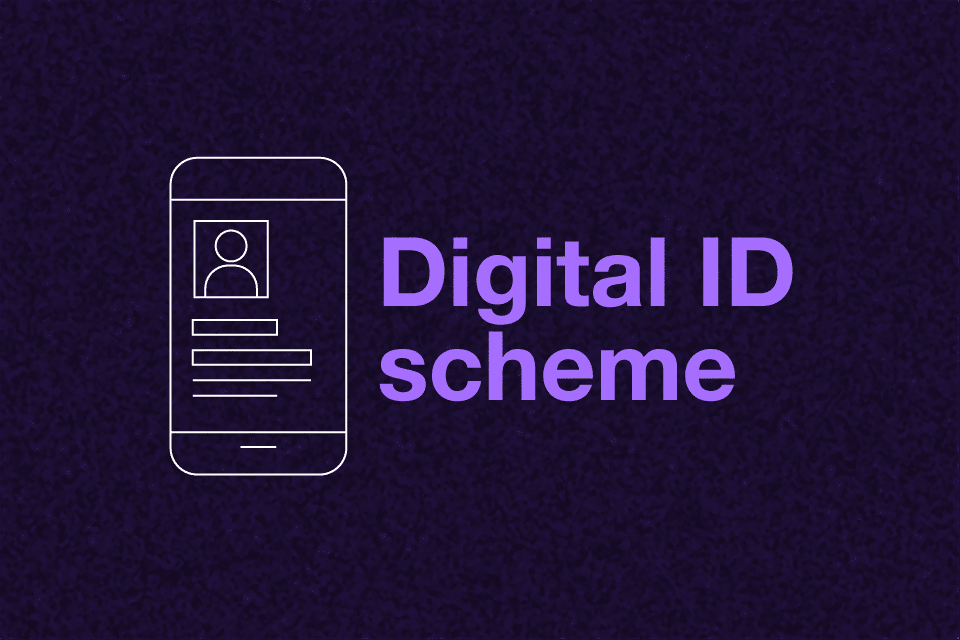How will Digital IDs affect older people?

How will the government digital ID affect elderly and vulnerable people? The UK government’s proposed digital ID scheme, has raised significant concerns about its impact on elderly and vulnerable people. So how could this effect you or your loved ones?
Challenges for Elderly and Vulnerable People
1. Digital Exclusion
- Over 2 million people aged 65+ in the UK do not use the internet.
- Around 4.5 million adults do not own a smartphone, with the figure rising to 1 in 4 among over-75s.
- Many lack the digital skills needed to navigate apps or online systems, making a smartphone-based ID system inaccessible.
2. Risk of Exclusion from Services
- If digital ID becomes the default for accessing healthcare, pensions, or benefits, those without digital access could be locked out of vital services.
- Even if physical alternatives are offered, their acceptance and usability remain uncertain.
3. Anxiety and Uncertainty
- Older people and advocacy groups like Age UK and Age Scotland have expressed widespread concern about being left behind.
- There’s a fear that the rollout is happening too fast, without adequate support or clarity.
4. Privacy and Trust Issues
- Some elderly individuals are more cautious about data privacy and may distrust digital systems, especially those linked to government databases.
Government Responses and Mitigations
- Physical Alternatives: The government has said that non-digital options (like physical cards) will be available for those without smartphones.
- Assisted Digital Support: Plans include face-to-face help and dedicated caseworkers for those who struggle with digital access.
- Consultation Process: A public consultation is underway to gather feedback and ensure the system is inclusive and secure.
What Advocacy Groups Are Saying
- Age UK: Warns of a “chaotic, unfair and inefficient” digital rollout and calls for a government-led digital inclusion programme.
- Digital Poverty Alliance: Emphasises that digital inclusion must be built into the system from the start, or it risks deepening inequality.
- Liberty: Argues that compulsory digital ID could exclude many people, including the elderly and those in poverty.
How can Caremark support with digital IDs?
We just asked the question “How will Digital IDs affect older people?”, but how can Caremark help you?
1. Digital Navigation & Setup Support
- Assist with registration: Carers can help clients set up their digital ID on smartphones or tablets, guiding them through verification steps.
- Provide physical alternatives: For clients without digital access, carers can help request non-digital ID options (e.g. physical cards) where available.
- Explain usage: Many clients may not understand where or how digital ID will be used (e.g. for NHS, benefits, or housing). Carers can explain this in simple terms.
2. Privacy & Consent Advocacy
- Carers can ensure that clients understand their rights and give informed consent when sharing personal data.
- They can act as trusted intermediaries between clients and digital ID providers, especially for those with cognitive impairments.
3. Integration with Care Systems
- Caremark already uses digital care management systems (e.g. for medication tracking, care plans, and health monitoring).
- These systems might (to be confirmed) be linked with digital ID platforms to streamline access to NHS records, prescriptions, and social care services.
4. Training & Digital Literacy
- Caremark can offer/arrange basic digital skills training to clients and their families, helping them feel more confident using digital tools.
- Carers themselves need ongoing training to stay updated on digital ID processes and security protocols.
5. Collaboration with Local Authorities
- Caremark can work with councils and NHS services to coordinate support for digital ID adoption, ensuring no one is left behind.
- We can also flag clients at risk of exclusion, helping authorities prioritise outreach.